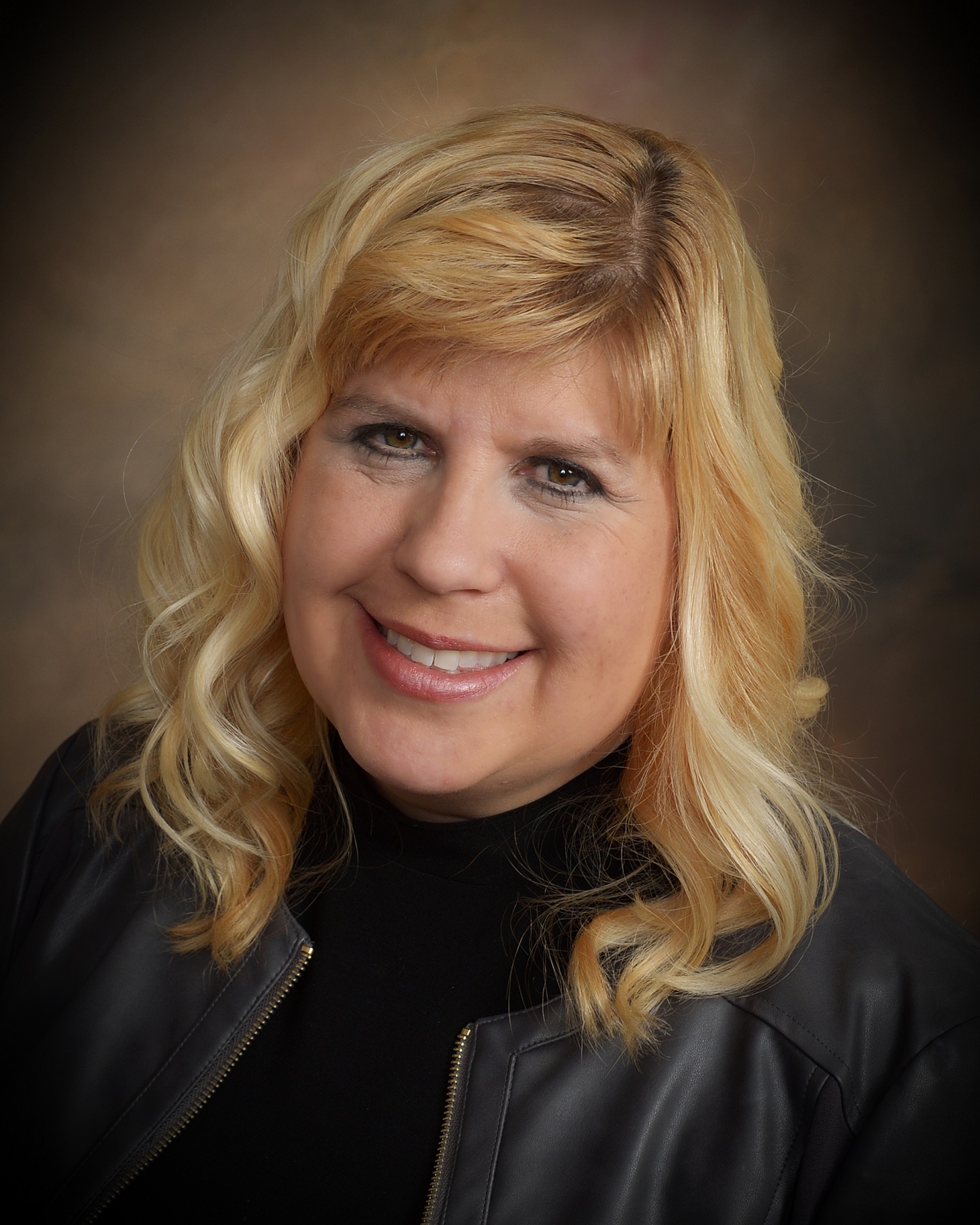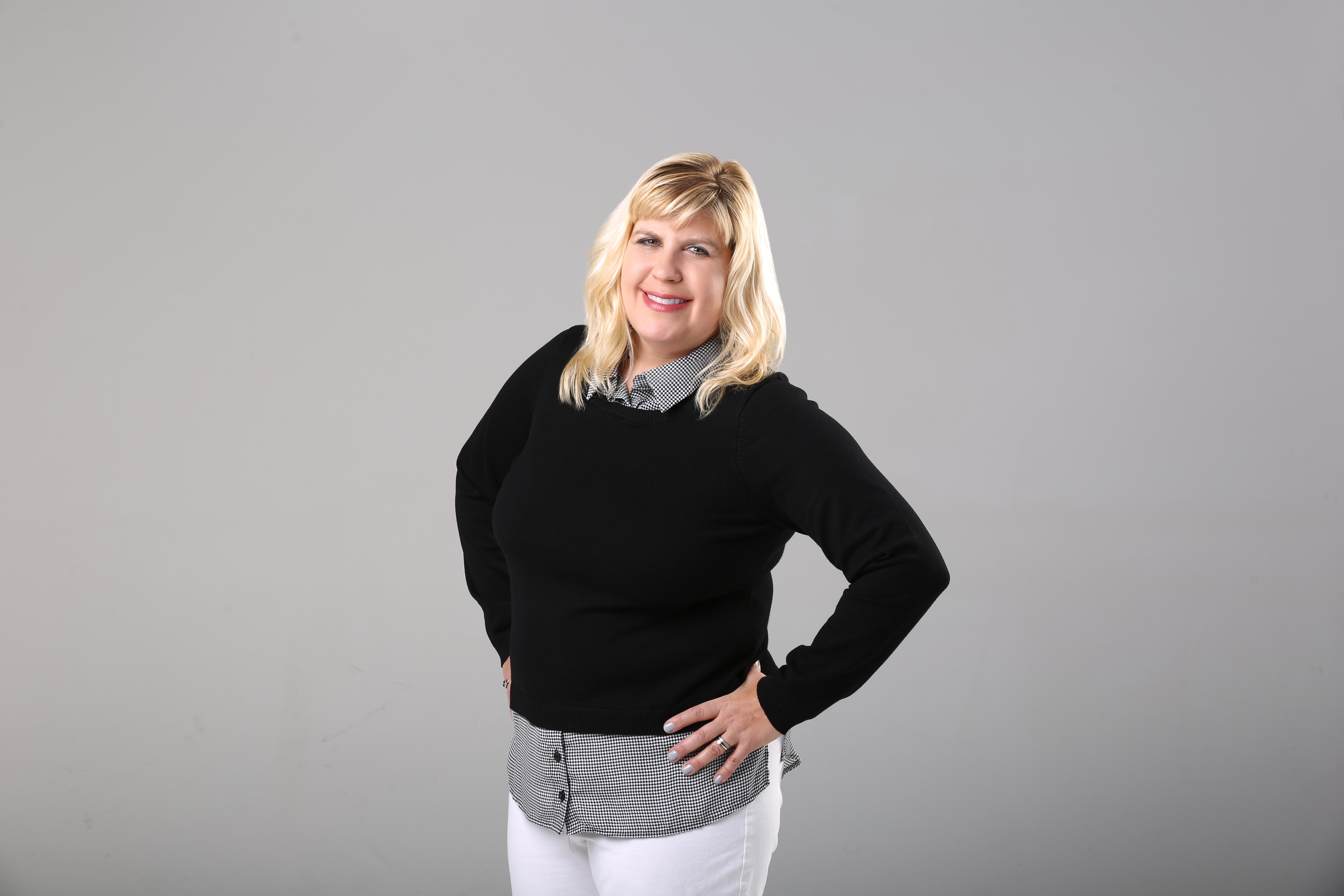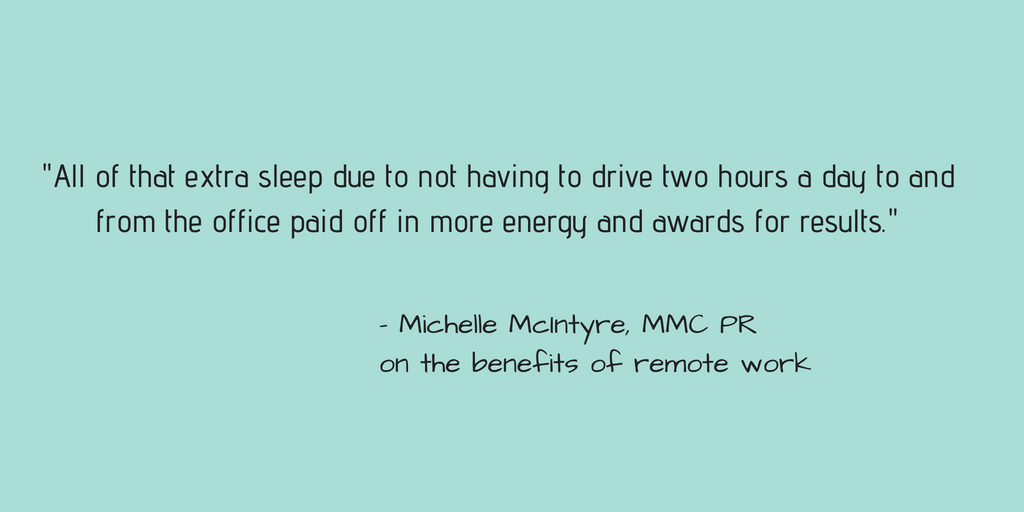I enjoyed being a part of the PRSA Silicon Valley team in 2023 and that was especially true the night of the annual Media Predicts event Dec. 6th at The Grand Bay Hotel on Redwood Shores.
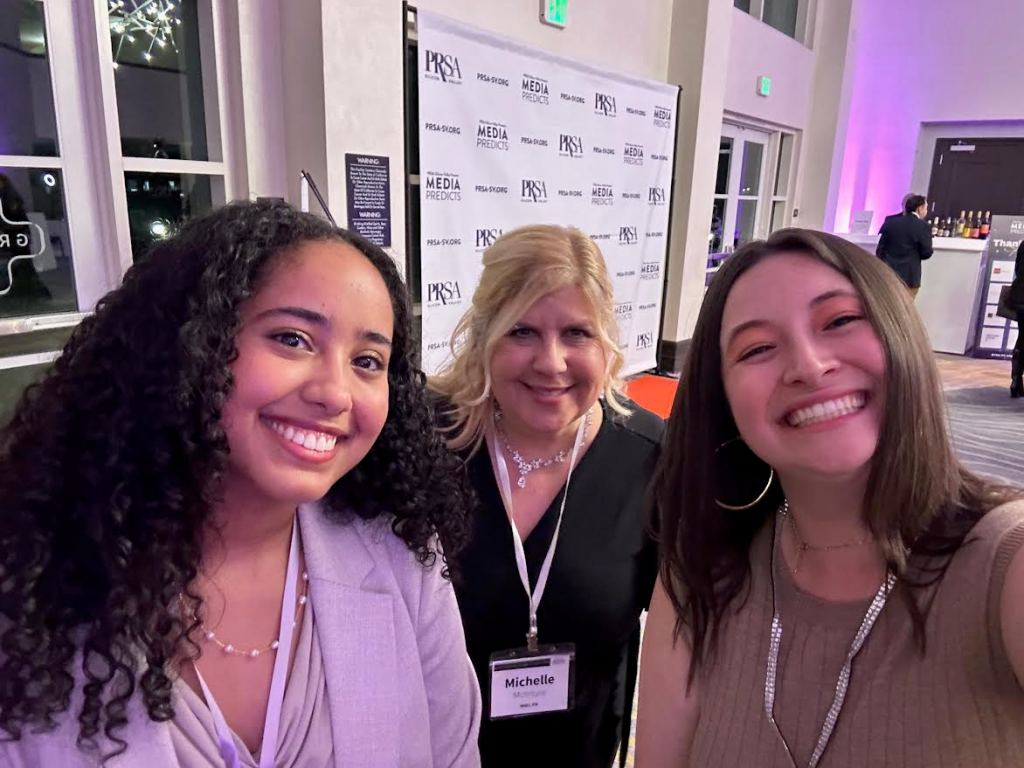

I had so much fun I raised my hand to be vice president of marketing for the chapter this year. In other news, Tara Thomas stepped up and will continue in the programs executive role. Yay team and I’m already looking forward to Media Predicts 2024. In other big news my South Bay buddy Mike Sanchez took on the PRSA SV Secretary role.
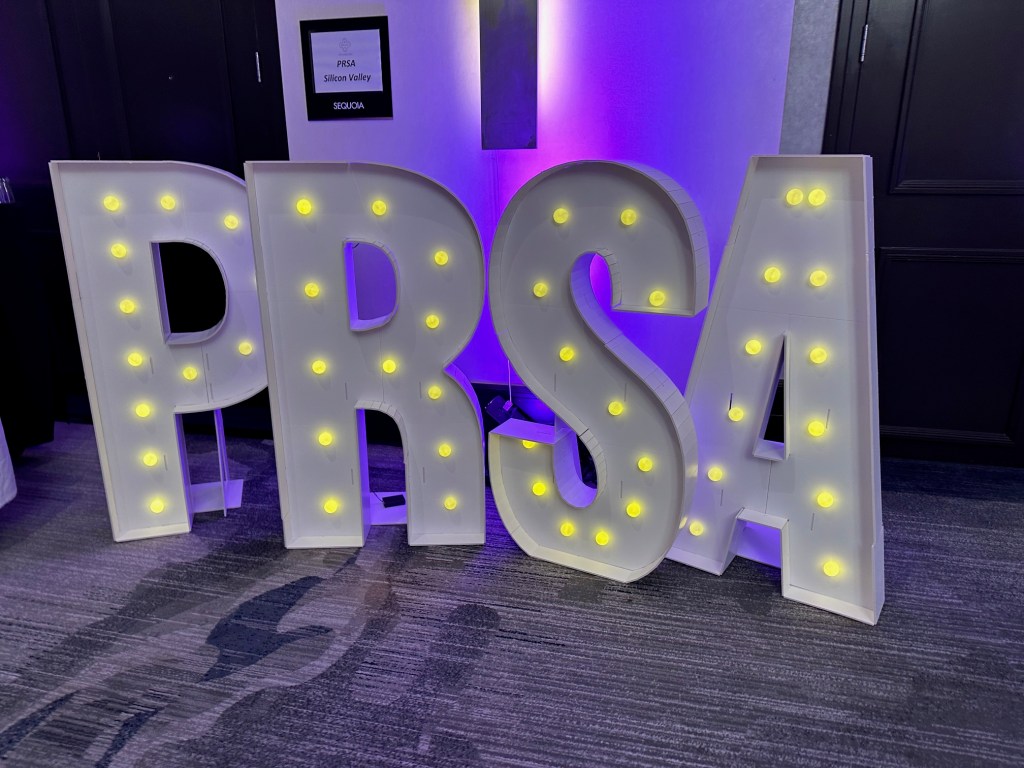
Part of the reason I like volunteering is that I’m a freelancer: PRSA SV gives me teammates and dare I say, friends. Face it. We do develop friendships at work. You spend 30 to 60 hours a week working so this is goodness.
I have partnered with other freelancers to serve clients and pitch prospects. I recommend it; the slight downside is you DM a lot which is time consuming. This could be an upside if you are friends. Having a bad day? Message your freelancer partner for a few kind words of support.
Truth be told, I also made friends working with my 2023 robotics software client. Our interviews were in person (TechCrunch’s Brian Heater, Mercury News’s Sal Pizarro, several broadcast. Shameless plug, i know.) and it gave me a chance to better get to know them.
Anyhoo… back to Media Predicts. Head of programs Tara noticed my early arrival to the hotel and relaxed stance. Someone had plopped a glass of wine in my hand so I looked pretty ‘cushy.’
Everyone else is running around setting up with serious looks on their faces. Meghan Fintland was on stage practicing her welcome. Jeannie Entin was helping the 11 student volunteers get situated.
My typical volunteer roles are writing and editing: I’m an extrovert and it’s hard for me to ‘focus’ during events. Give me a great meal and a dance floor. The food was surprisingly good and we did leverage the dance floor and DJ at Media Predicts.
Flashback memory of another volunteer gig: I tried to staff the welcome table at a TEDxSanJoseCA event but was quickly pulled off because an attendee wanted to have a deeper conversation. I did better handling the publicity. At Santana Row, KTVU interviewed Gold Medalist Swimmer and Speaker Dana Vollmer. Dana who held the Gold Medal in the butterfly overcame a heart defect. The same reporter interviewed a scout leader when I volunteered at council. I enjoy working with broadcast. (Shout out to Sharon Chin, Scott Budman; the list of on-air friends whom I greatly respect goes on and on.)
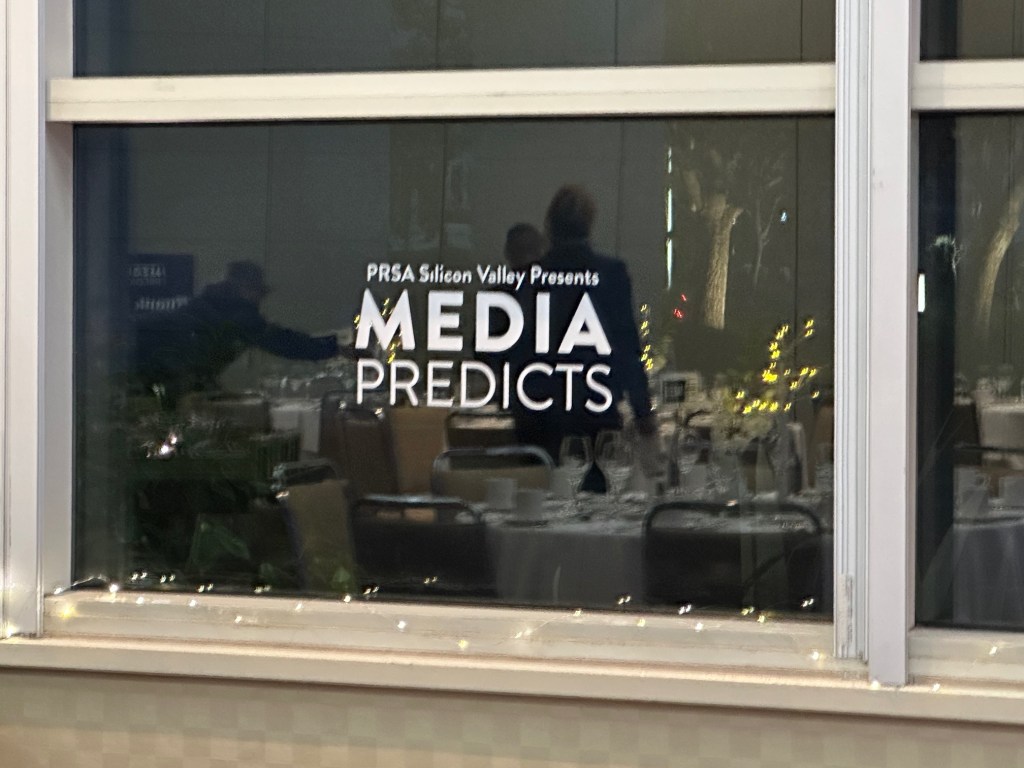
Back to MP23. Tara quickly assigned me to window decal application. That went fine and the space looked captivating with the next level decor including the lit-up letters spelling PRSA. (Tara: The S is in my garage. Readers please see the S photo below.)
I finally felt useful on event night and the decals were not crooked. Yessss.
5 Honorees
Who got awards that night? PRSA Silicon Valley Chapter President Meghan Fintland and President-elect Jeannie Entin presented awards to three PR professionals, Camille Clark and Alannah McDermott co-honorees for Board Member of the Year and Jeremiah Lineberger who achieved the Young Professionals Award. An older person can win because the point is to be new to PR. In fact to this day I have no idea how old Jeremiah is.
Former National PRSA President Gerry Corbett presented David Vossbrink with his PRSA Fellows Medallion. I was honored to be at Gerry and David’s MP23 table. (Some of my awesome table mates are below.)

Kindness Counts, According to Honoree
Global PR Powerhouse Yvette Noel-Schure was presented the chapter President’s Unity and Purpose Award by Rochelle Nadhiri.
Noel-Schure’s award acceptance comments brought audience members to tears. The comment that stuck with me the most is, “The secret sauce is to continue to operate in kindness.”
She mentioned several entertainers that she represents including Chloe X Halle, John Legend, and Jessica Simpson. Yvette Noel-Schure spent most of 2023 as the publicist for Beyoncé’s record-breaking Renaissance World Tour. To my friends who like Prince: She represented him too!

The 2023 Media Predicts panel included Moderator Rochelle Nadhiri, Shawn Chitnis, Connie Guglielmo, Kayli Hays and Eric Savitz. That story with their comments is here.
###
Who am I? I’m Michelle McIntyre, the new PRSA SV VP of marketing, a PR freelancer, IBM vet, and author of this story. I’m accepting new clients in 2024. Please hit me up for a breakfast meeting to discuss how to get your business attention. I like Bell Tower cafe in Saratoga. If you don’t want to talk about work, the drinks at night option works too. I love going up to Berkeley!
Be aware that PRSA Silicon Valley is devoted to diversity and mentoring. We invite you to get involved and check the website for new scholarship opportunities. Proceeds from MP23 went to diversity programs.
Photo credit: I took them with my iPhone 14 Pro. Camile Clark took the first photo selfie-style. I can’t remember who took the one of the group of us but it was taken with my iPhone.








